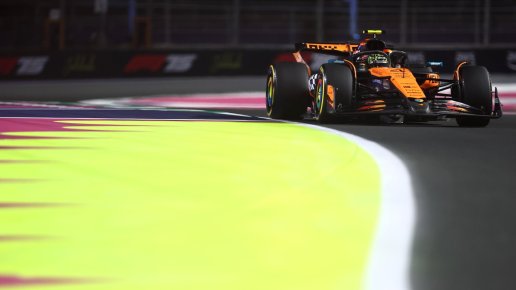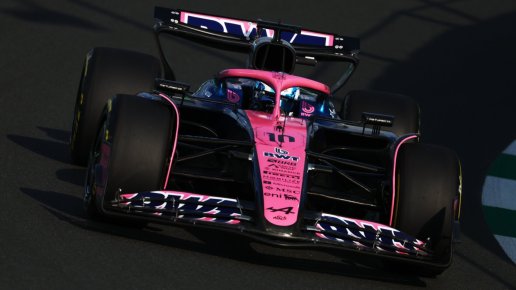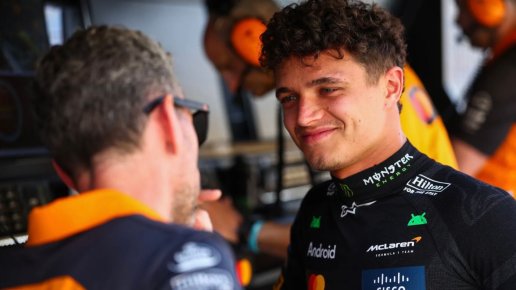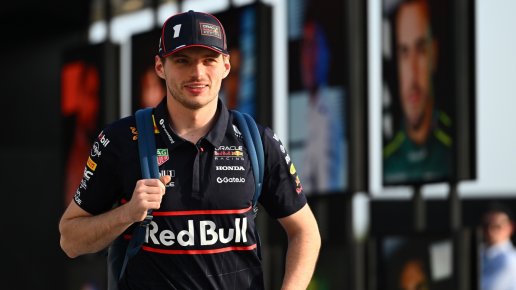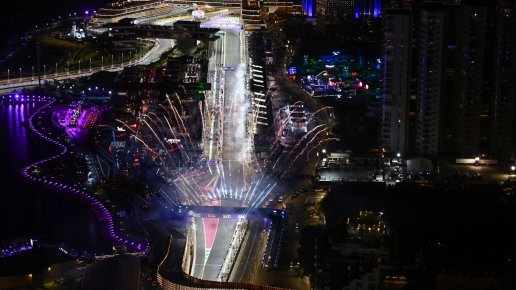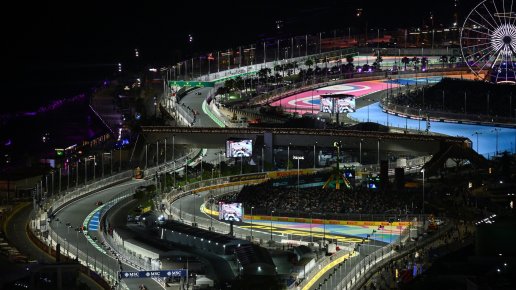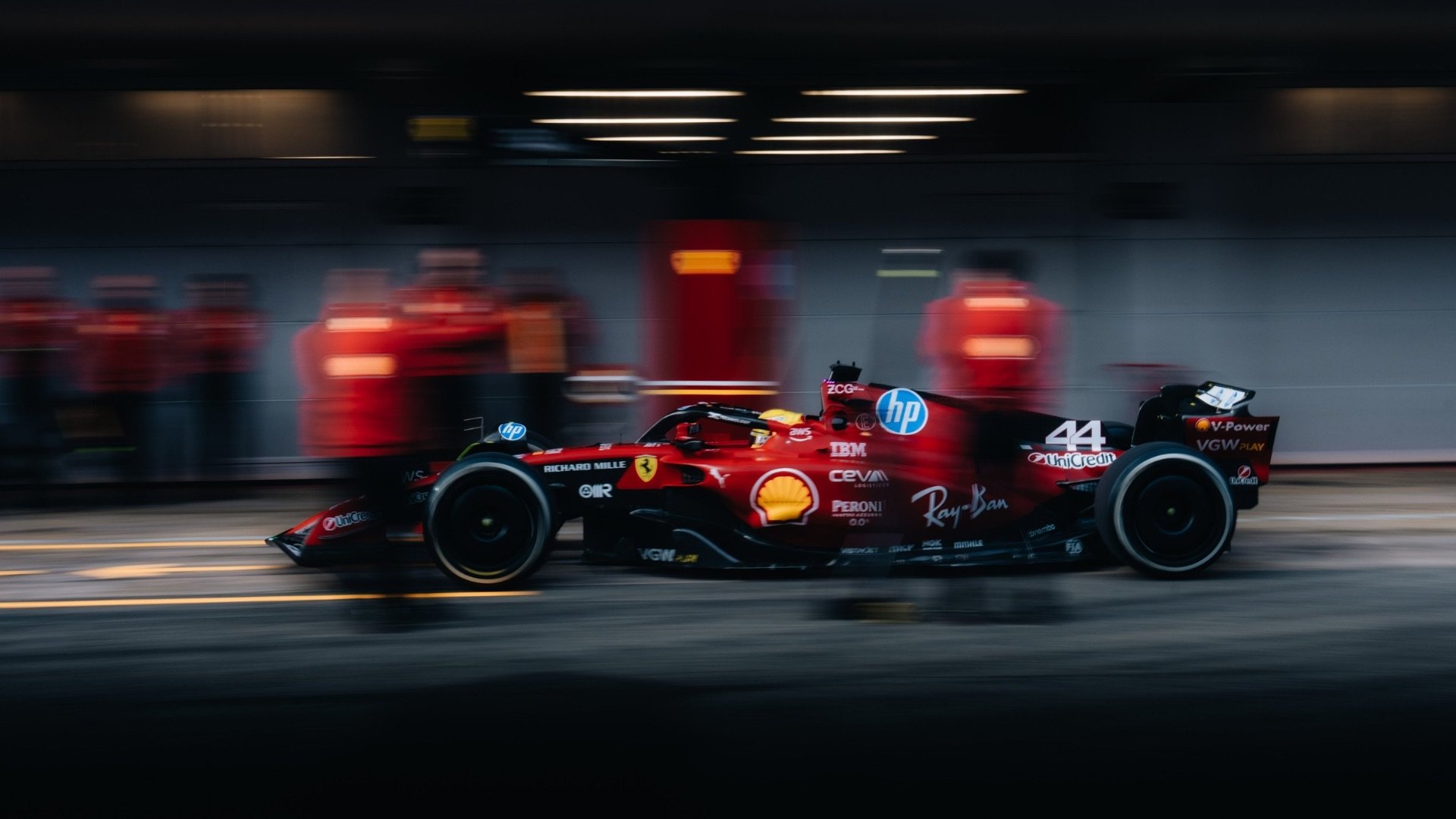
Photo: Scuderia Ferrari
Weekly F1&MotoGP round-up: Lewis Hamilton’s crash and new partnerships
Although there’s still a while before racing resumes, the fourth week of January saw some exciting events in both the F1 and MotoGP worlds.
F1 & MotoGP news to your inbox every day.
Lewis Hamilton crashed during testing with Ferrari
Lewis Hamilton crashed during Ferrari’s private test at the Circuit de Barcelona-Catalunya while pushing the SF-23 to its limits. The incident occurred on Wednesday morning as he continued adapting to the team ahead of the 2025 season.
Although Hamilton emerged unscathed, the crash caused significant damage to the car’s suspension and aerodynamics, delaying Charles Leclerc’s scheduled running.
Ferrari had chosen Barcelona for better weather conditions after Hamilton’s rain-hit Fiorano debut, but the crash disrupted the test. Notably, Hamilton has also had testing incidents with McLaren and Mercedes before making his competitive debuts.
Ducati and Eternoo announced new partnership
Ducati has just announced an exciting partnership with Eternoo, making them an official partner of the Ducati Lenovo Team for the 2025 and 2026 MotoGP seasons. Eternoo’s logo will appear on Francesco Bagnaia and Marc Marquez’s Ducati bikes and their racing suits.
McLaren tested Pirelli's 2026 wet tyres
McLaren was the first team to take part in Pirelli’s 2025 tyre test, with Oscar Piastri and Lando Norris evaluating the 2026 wet-weather tyres at Circuit Paul Ricard. The French track, equipped with a sprinkler system, provided controlled wet conditions for data collection.
Piastri began testing on Wednesday but faced delays due to freezing temperatures. As conditions improved, he completed 120 laps, setting a best time of 1m07.008s on a shortened circuit layout. On Thursday, Norris took over, completing 123 laps with a fastest lap of 1m07.956s. In total, the drivers covered 840 kilometres on wet tyres.
The test was part of Pirelli’s development programme for F1’s 2026 regulation changes, which will slightly reduce tyre width and dimensions while maintaining an 18-inch diameter.
McLaren’s session provided crucial data for refining the wet-weather compounds, with Pirelli continuing testing throughout the year.
Alpine and Pramac Racing closed a deal
Alpine has teamed up with Pramac Racing for the 2025 MotoGP season, becoming the team’s main partner. This partnership follows Pramac’s historic 2024 success, where Jorge Martin won the championship with a satellite team, marking the first time since 2001 that this feat was achieved.
Although Prima remains the primary title sponsor, Alpine’s involvement signals a major change, thanks to the strong ties between Renault CEO Luca de Meo and Pramac’s team principal Paolo Campinoti. De Meo’s experience in pairing automotive brands with MotoGP teams adds weight to the collaboration.
FIA dropped Johnny Herbert as F1 steward
The FIA announced that former F1 driver Johnny Herbert would no longer serve as a steward during grand prix weekends.
Herbert had been a key figure in the stewarding panel for 15 years, playing a crucial role in assessing incidents and issuing penalties. Alongside his stewarding duties, he remained active in the media, frequently sharing his views on F1 topics. Over the past year, he gave interviews, including to betting companies, which circulated his comments for promotional purposes.
Despite expecting to continue in his role, the FIA decided his growing media commitments were incompatible with stewarding. This followed high-profile interventions, such as his assessment of Max Verstappen’s penalty for colliding with Lando Norris.
KTM revealed new livery for the 2025 season
Red Bull KTM Factory Racing and Red Bull KTM Tech3 revealed their 2025 MotoGP bikes, both featuring nearly identical liveries, which have been a trademark of the Austrian brand. For the first time since 2020, all four RC16s will race under the Red Bull KTM colors, which have been part of KTM’s MotoGP identity since 2017.
The factory team will have Brad Binder and Pedro Acosta, combining experience with fresh talent. Red Bull KTM Tech3 has undergone a complete overhaul, with Enea Bastianini and Maverick Vinales joining the team, bringing new energy and ambition.
FIA will tighten wing flexing regulations for 2025
The FIA decided this week to introduce stricter regulations on wing flexibility for the 2025 season, aiming to prevent teams from exploiting aero-elasticity for performance gains.
From the Australian Grand Prix, stricter static tests will be used to check rear wings, with further front wing flexibility restrictions coming at the Spanish Grand Prix on 1 June.
The FIA will reportedl update technical directive TD018, reducing the allowed front wing flex from 15mm to 10mm.
The phased implementation will give teams time to adjust without discarding existing components. While flexible wings have helped teams balance their cars in corners, the FIA’s new regulations aim to ensure fairer competition.
